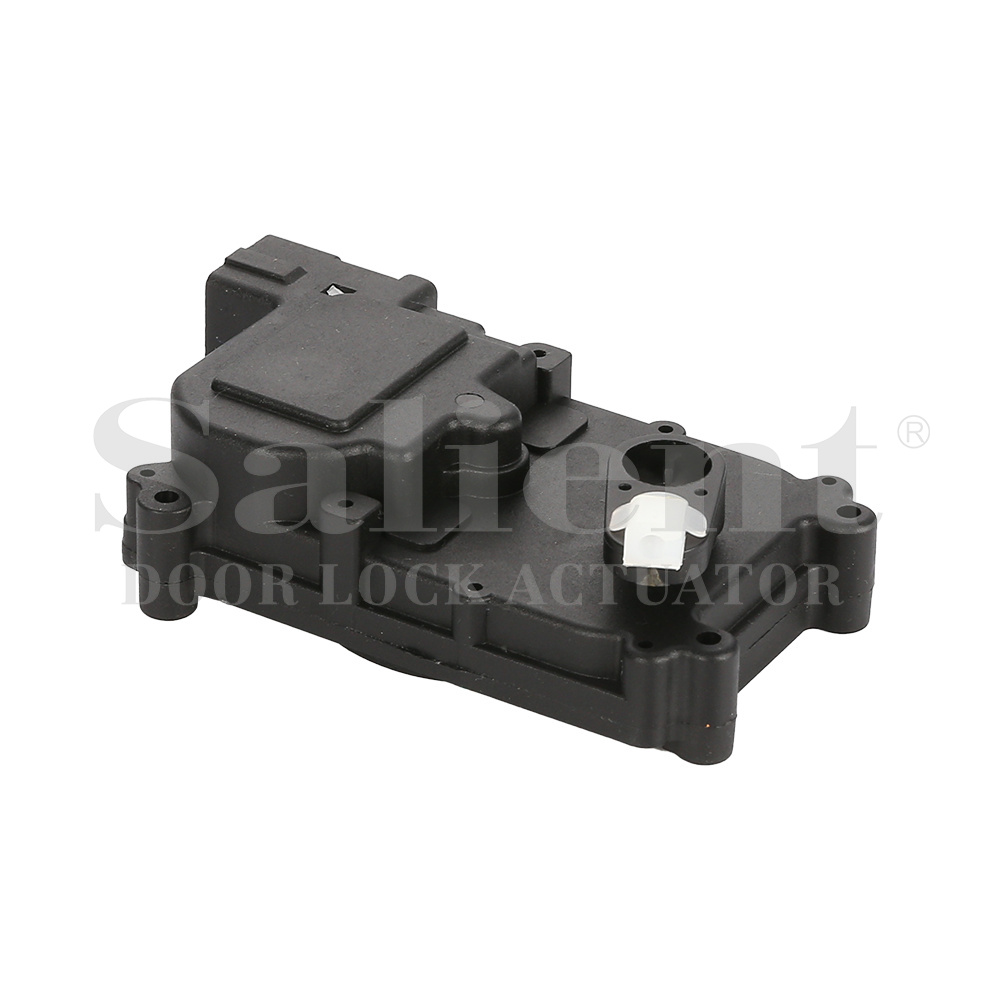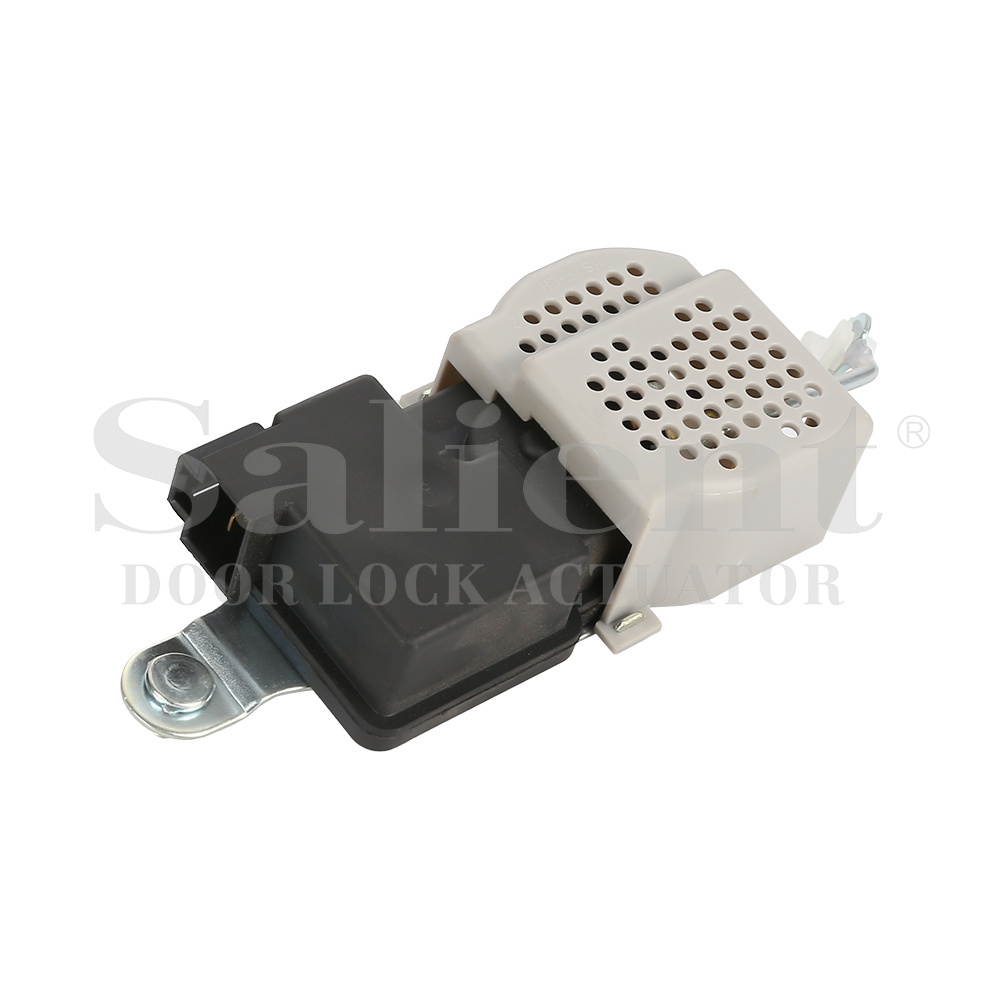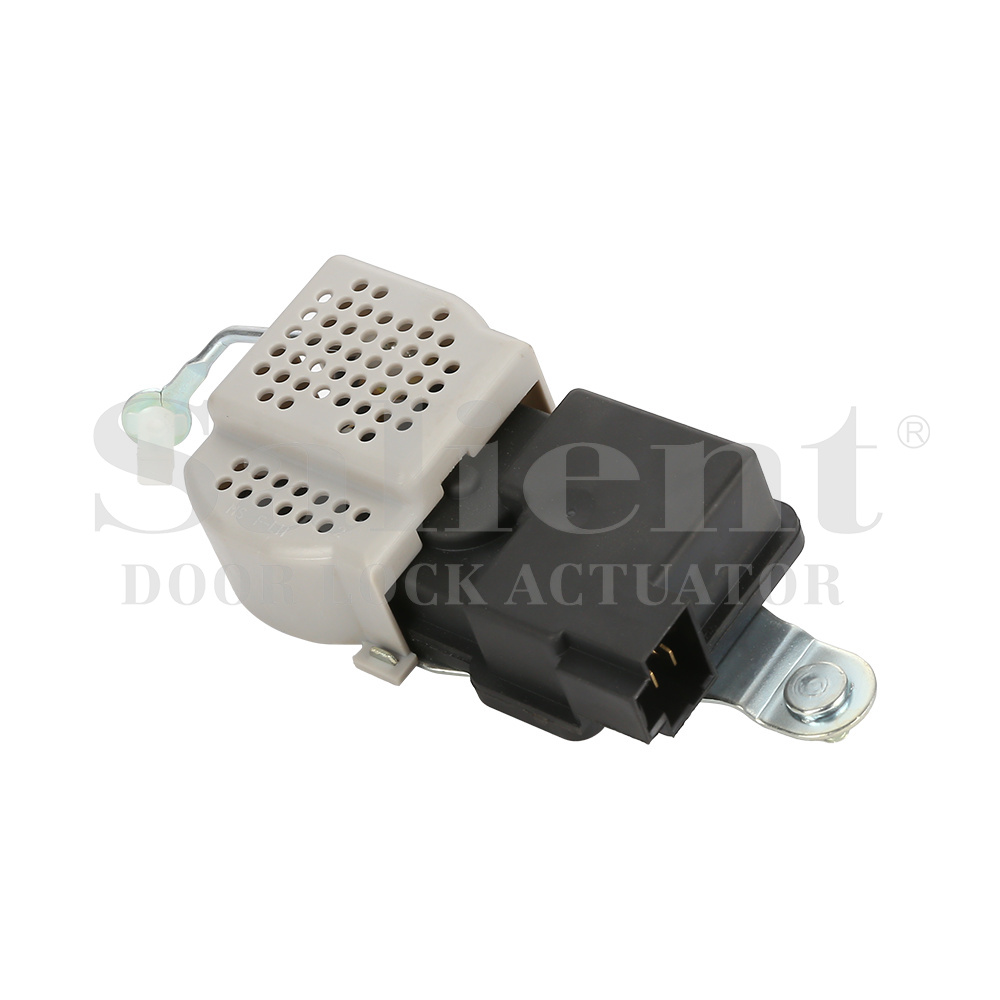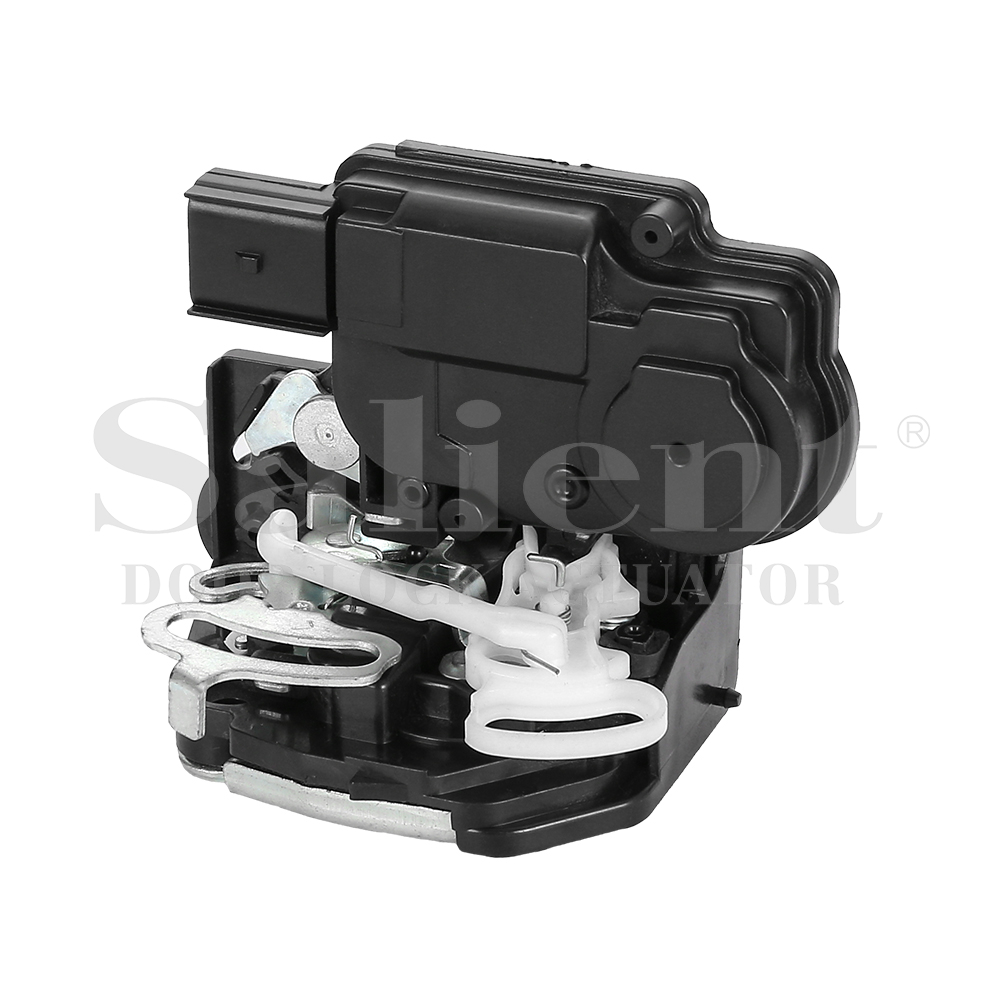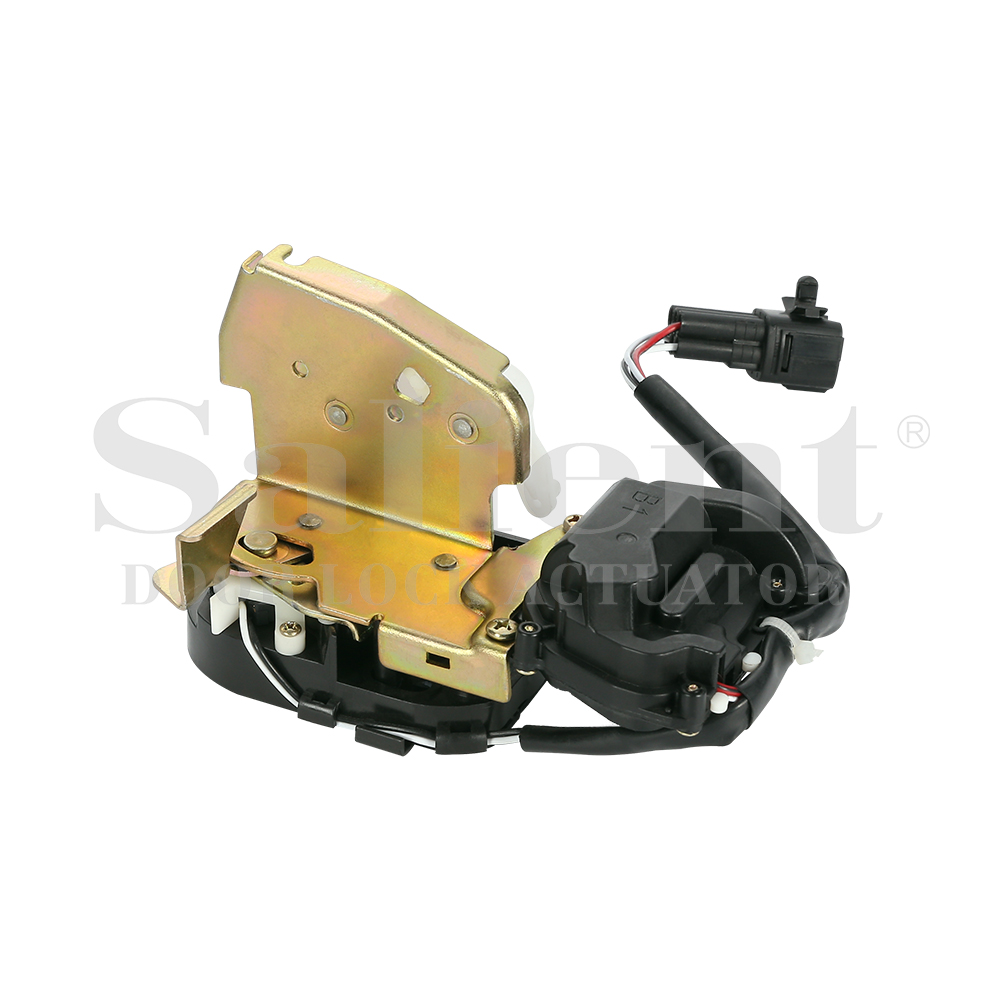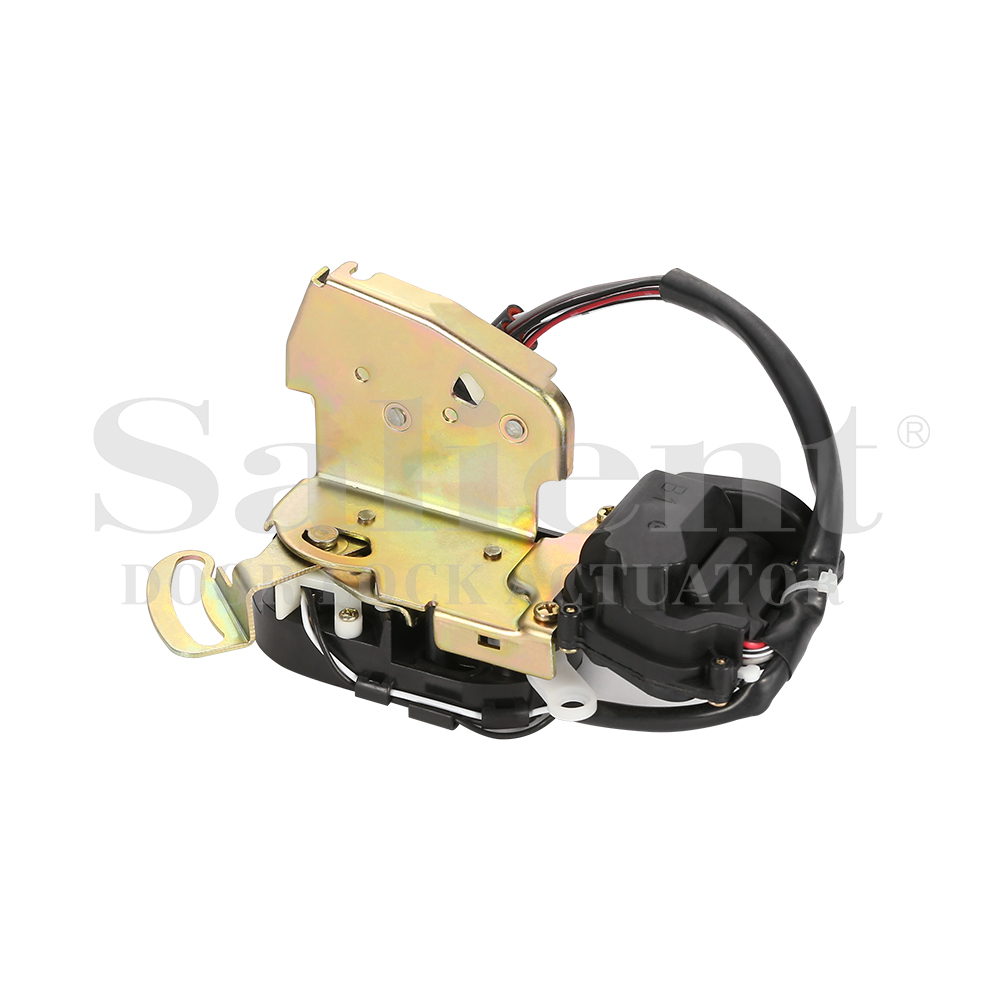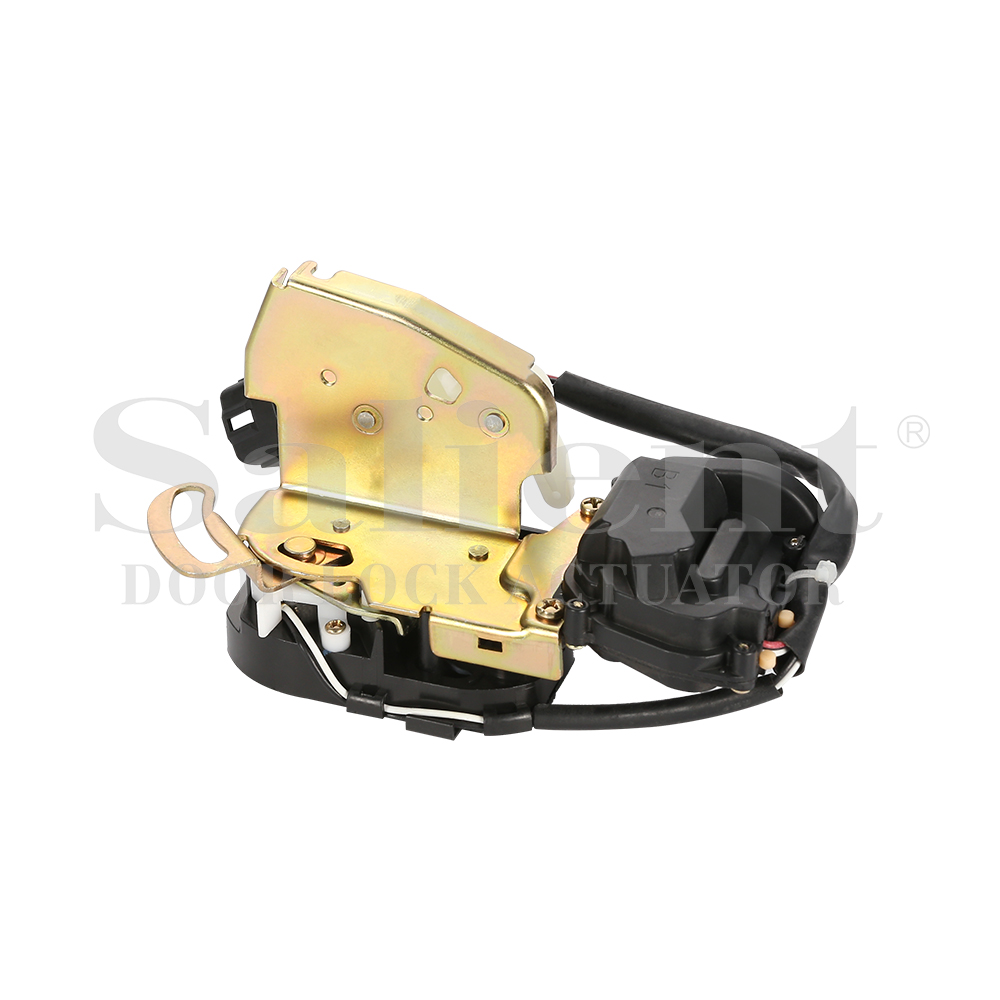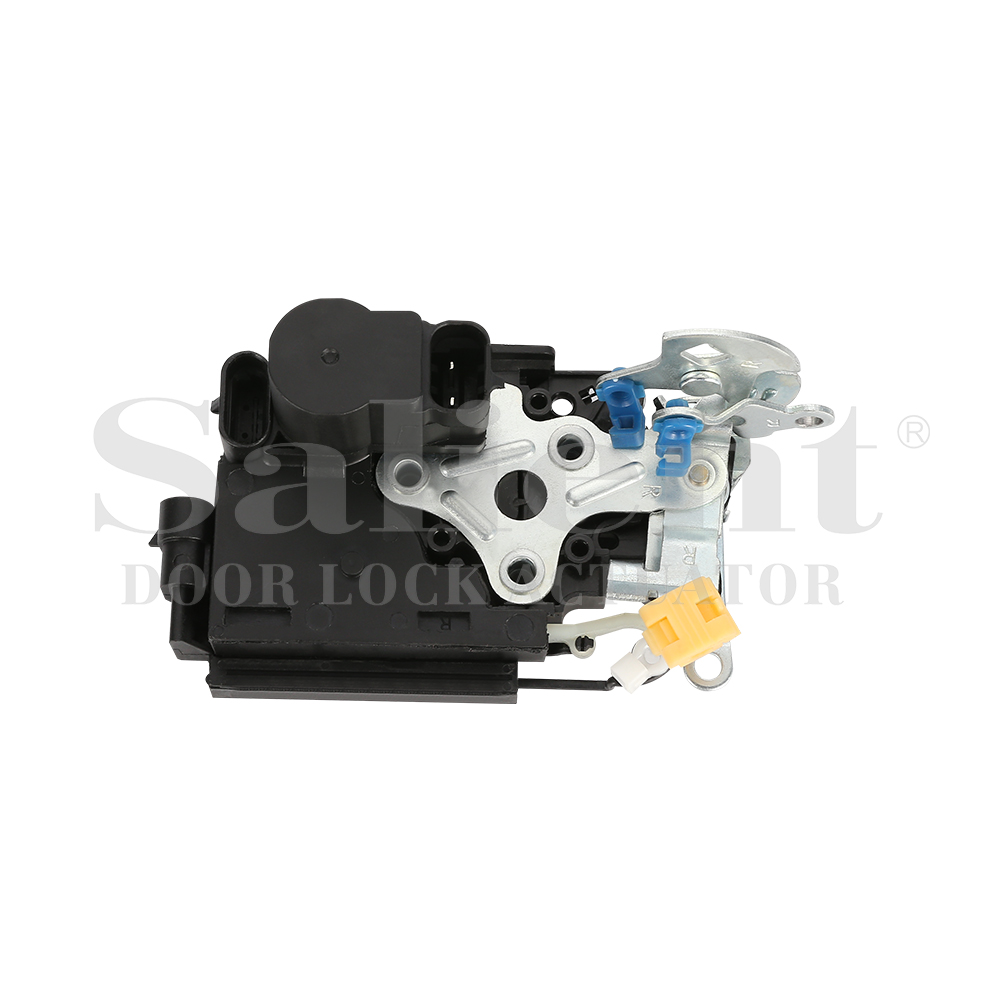Testing if your car's ignition coil is bad involves several methods. Here’s a step-by-step guide:
Tools Needed
Multimeter
Spark tester
Screwdriver or wrench set
Protective gloves
Safety glasses
Method 1: Visual Inspection
Turn off the engine and disconnect the battery. This ensures your safety while working.
Locate the ignition coils. They are usually mounted on or near the engine.
Inspect for visible damage. Look for cracks, burns, or corrosion on the coils and connectors.
Method 2: Testing with a Multimeter
Set the multimeter to the ohms (Ω) setting.
Disconnect the ignition coil. Remove the electrical connector and the coil from the spark plug.
Test the primary coil resistance.
Connect the multimeter probes to the positive (+) and negative (-) terminals of the ignition coil.
Compare the reading to the manufacturer’s specifications (usually between 0.4 to 2 ohms).
Test the secondary coil resistance.

Connect one probe to the positive terminal and the other to the high voltage terminal (where the spark plug connects).
Compare this reading to the manufacturer’s specifications (usually between 6,000 to 10,000 ohms).
Method 3: Spark Test
Reconnect the ignition coil to the spark plug.
Use a spark tester.
Connect the spark tester to the ignition coil and ground it to a metal part of the engine.
Start the engine or have someone crank it.
Observe the spark tester for a strong, blue spark. A weak or no spark indicates a bad ignition coil.
Method 4: Swap Test
Identify the suspect coil.
Swap the suspect coil with a known good coil from another cylinder.
Check for changes.
If the misfire or issue moves to the new cylinder, the coil is likely bad.
Method 5: Use an OBD-II Scanner
Connect the OBD-II scanner to your car's diagnostic port.
Read the error codes.
Misfire codes (like P0301 to P0308) can indicate which cylinder is having issues.
Specific ignition coil codes (like P0351 to P0358) directly point to a problem with the ignition coil in specific cylinders.
Safety Tips
Wear protective gear. Gloves and safety glasses are essential.
Work in a well-ventilated area. Ensure there is no risk of igniting fuel vapors.
Follow the car manufacturer’s guidelines. Consult the service manual for specific instructions and resistance values.
By following these methods, you can effectively diagnose whether your ignition coil is bad and determine if it needs to be replaced.


 English
English Español
Español
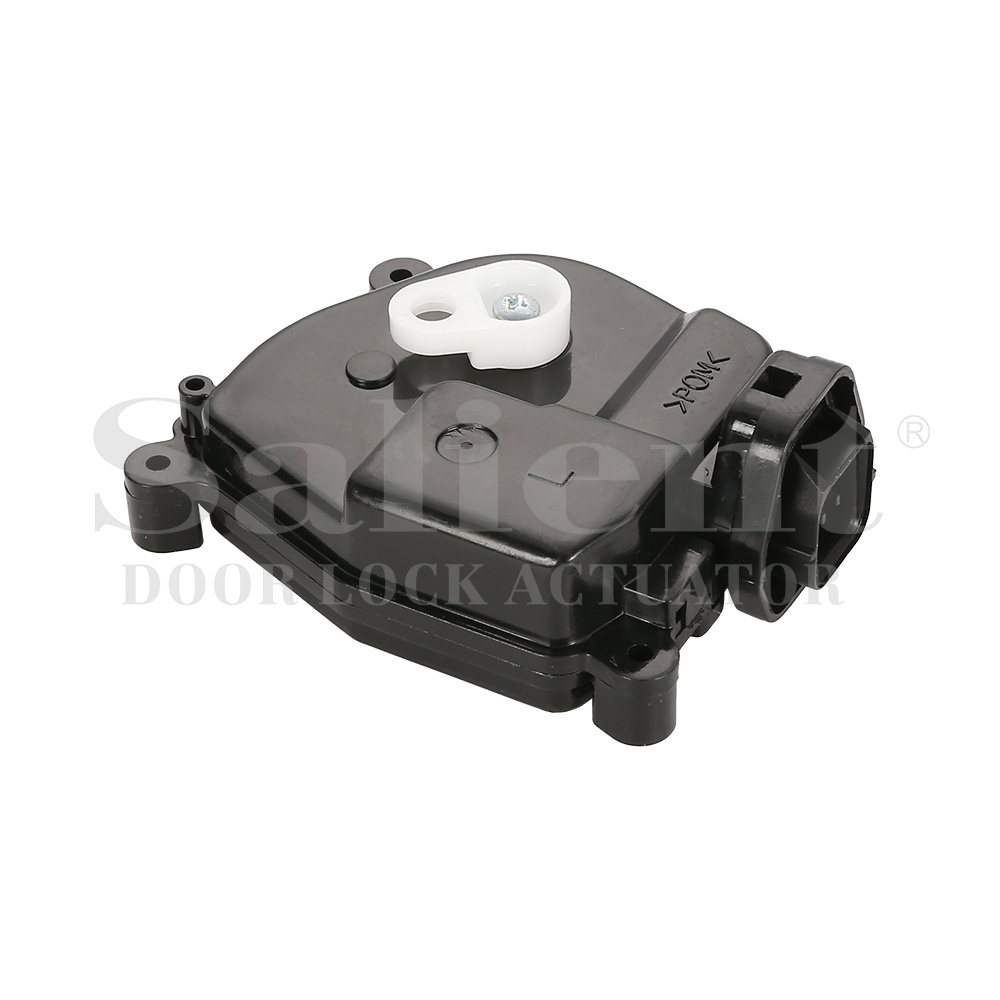
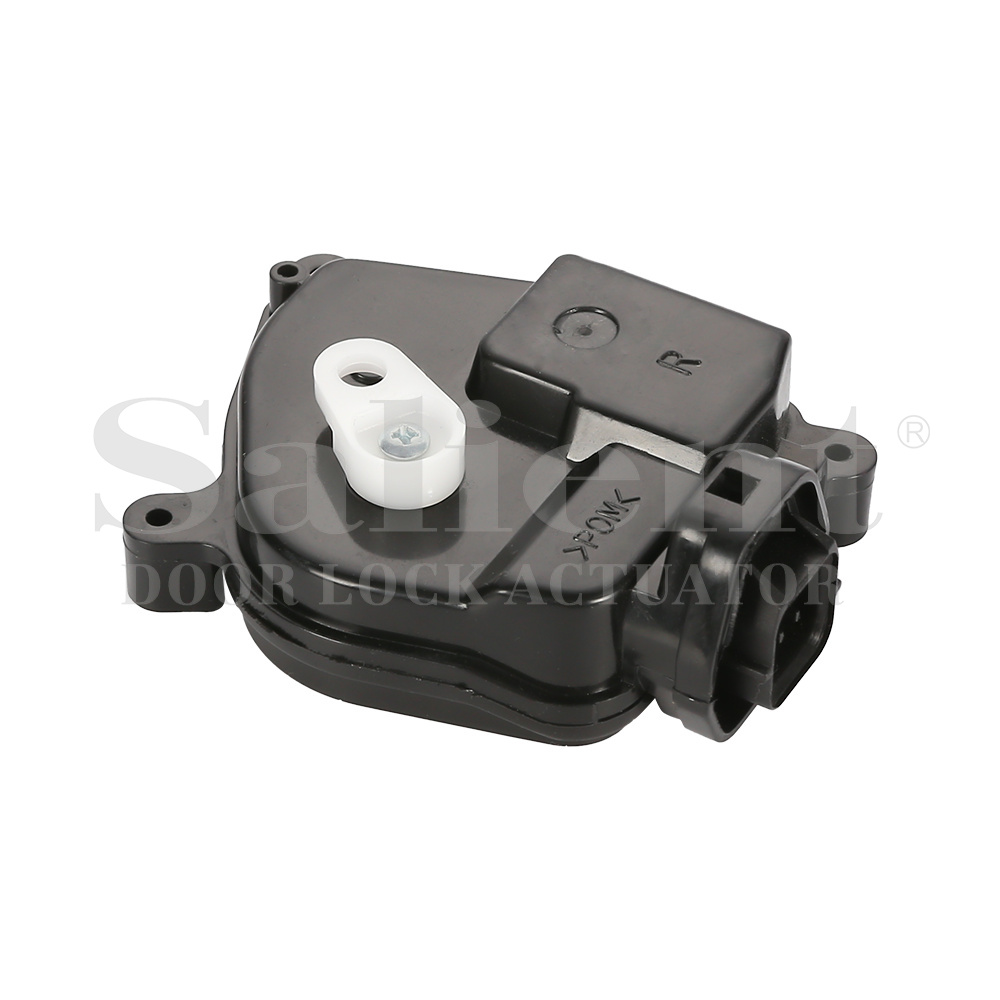
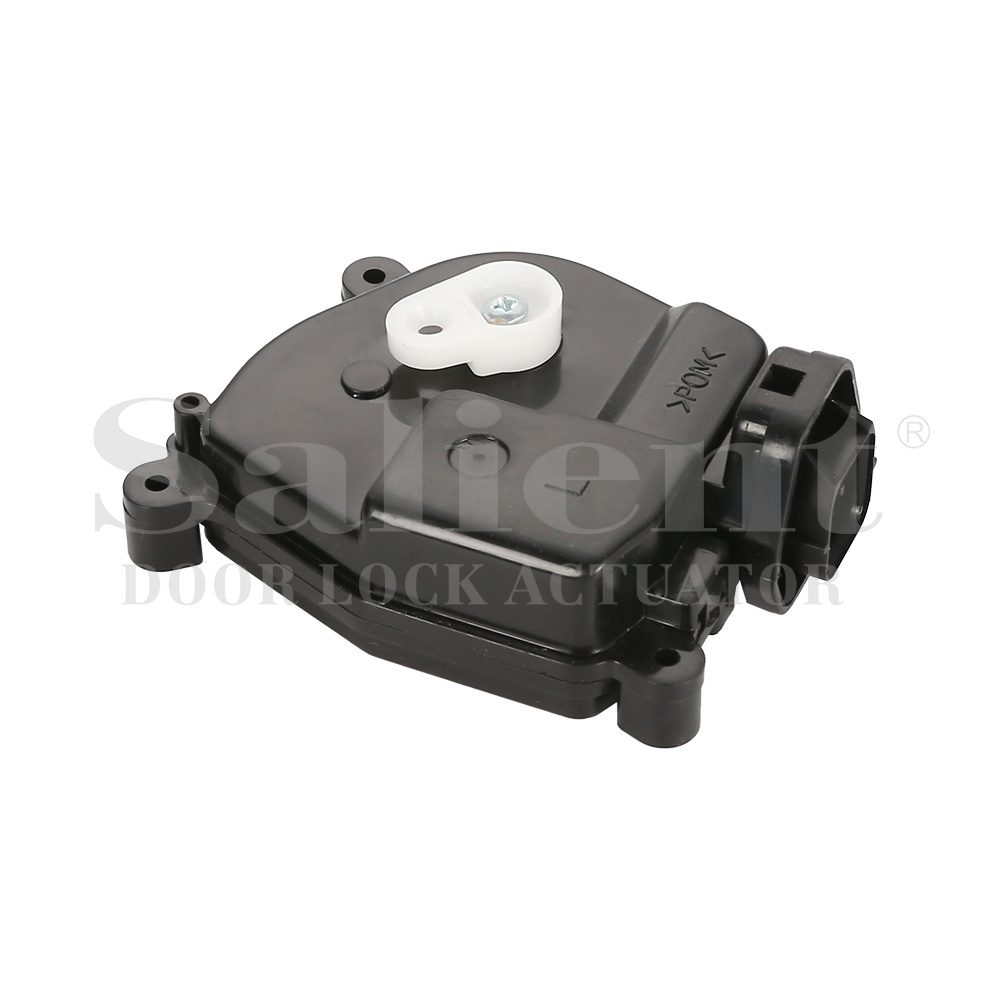
.jpg)
